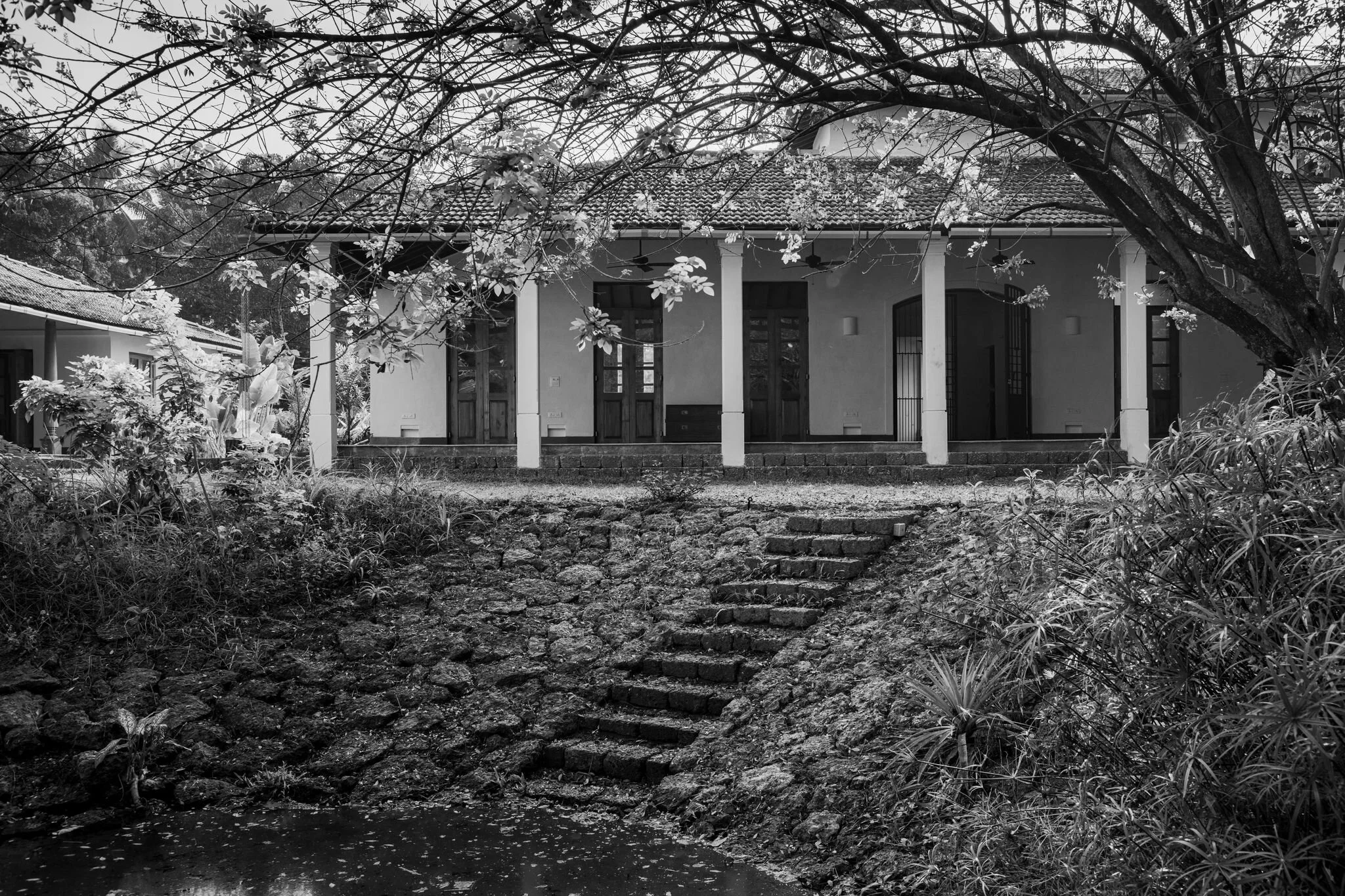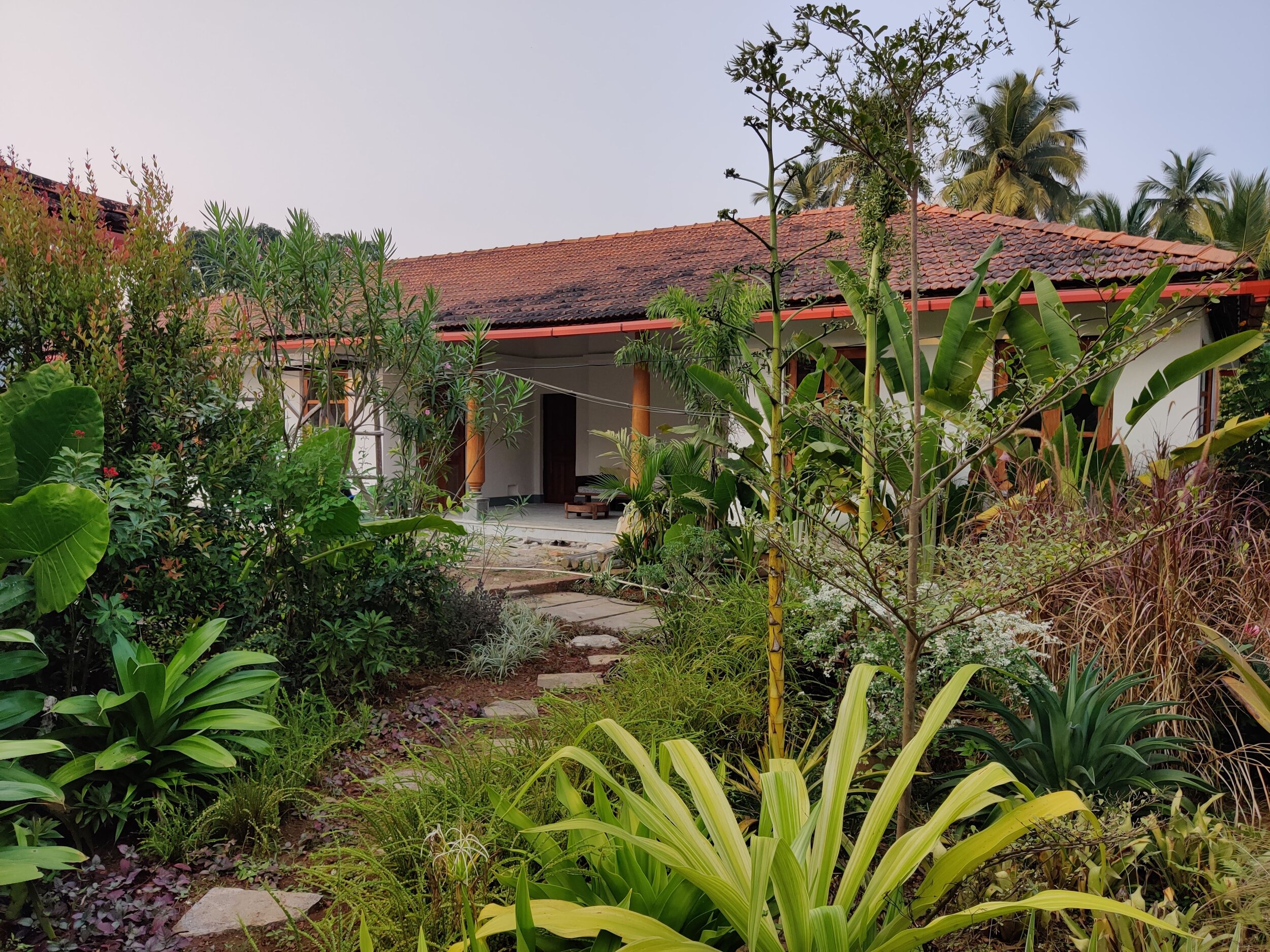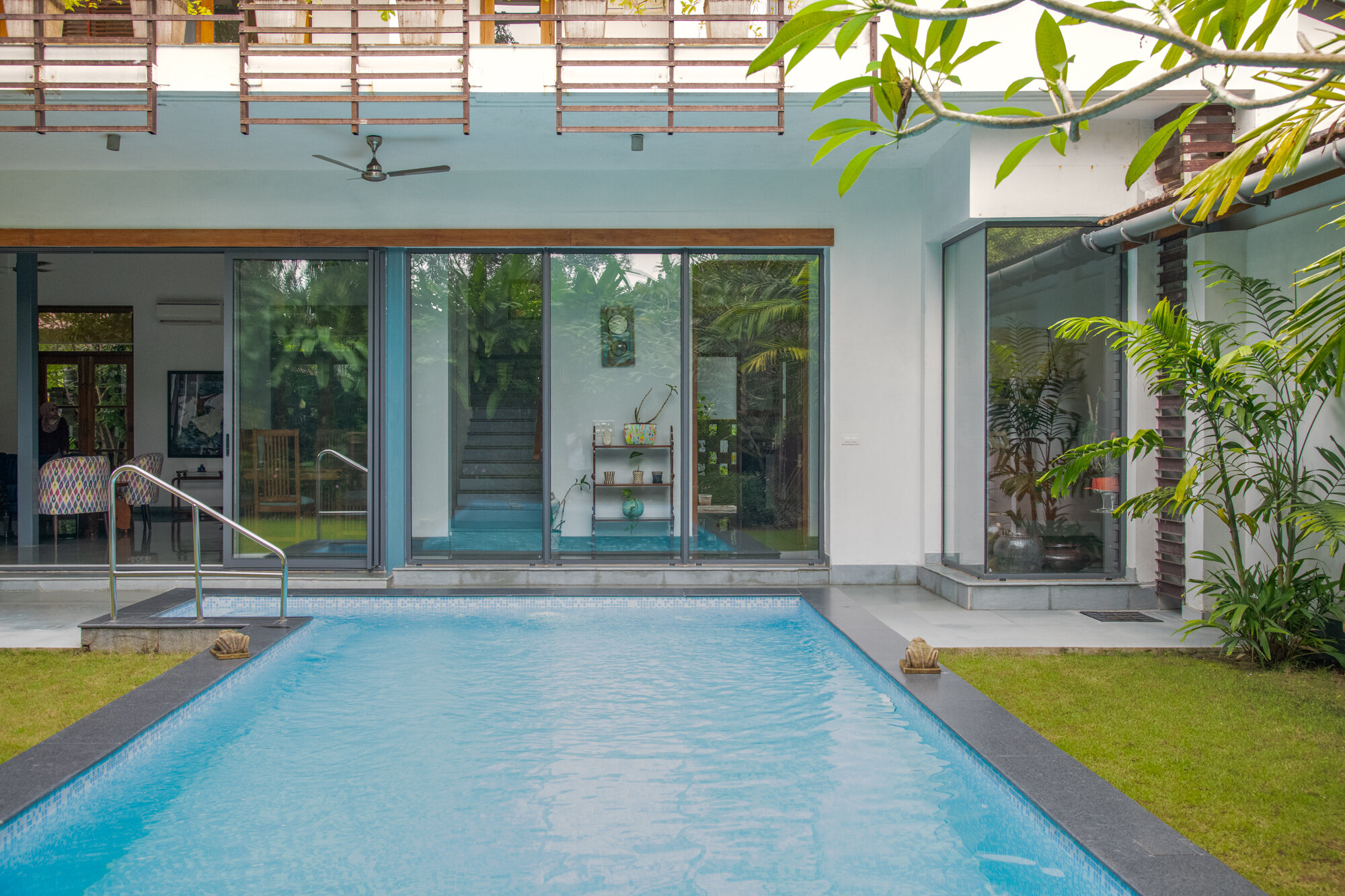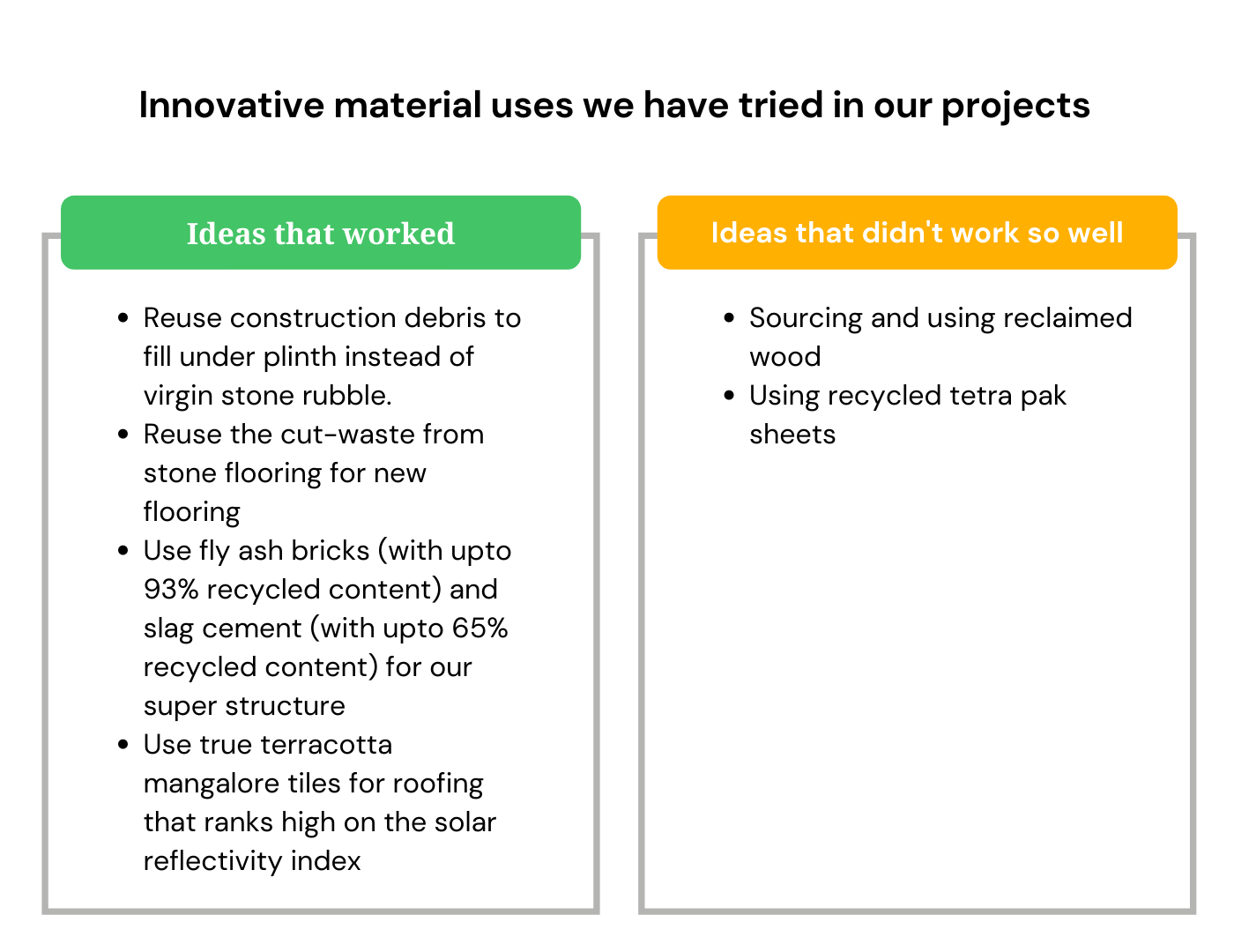Building with rammed earth is simple, pocket friendly, and sustainable. Contrary to popular belief, rammed earth construction is feasible in a wide range of climatic zones, including areas with a significant monsoon. A built rammed earth structure is a sight for sore eyes, it is a dense but breathable material which makes it great for thermal insulation. With the right processes and tools, a rammed earth structure can easily be implemented by anyone. Here are some basics about the natural material to help you get started.
Knowledge Partners: Gia Mantra Global Village
Featured

Rewilding, Ecology Conservation & Habitat Restoration - The story of Kishan Bagh Jaipur
A Grounded Palette, Sustainable Architecture, Sustainable DesignRoshini GaneshArchitecture, architecture india, Architecture Upskilling Resources, rammed earth, building with earth, building with mud, earth building, Green Building Material, Green Building, natural building, sustainable architecture, Sustainable construction, sustainable design, Sustainability, earth architecture, Gia Mantra, local materials, local labour, natural architecture, Cob, CSEB, Wattle Daub, Donald Sequeira, construction techniqueComment






































































